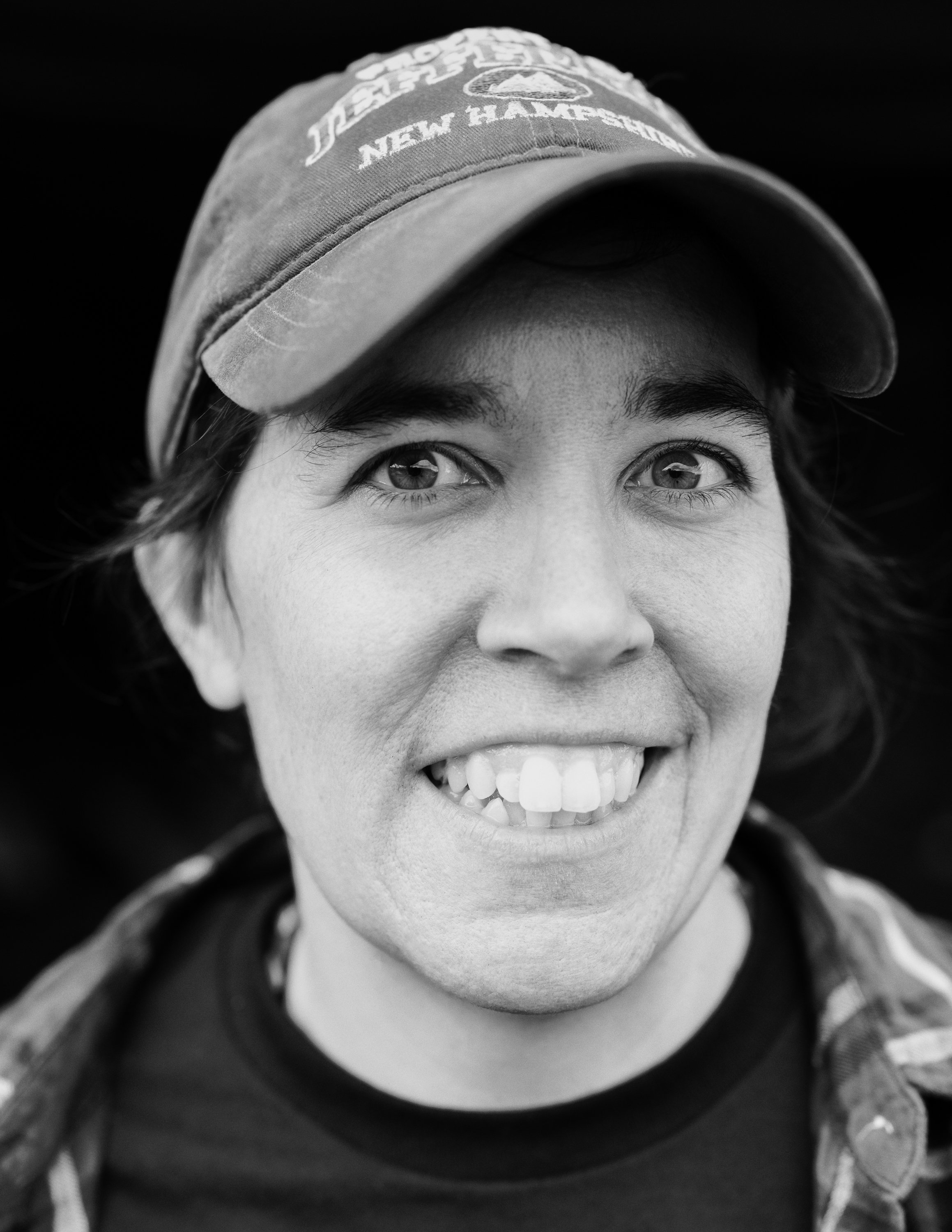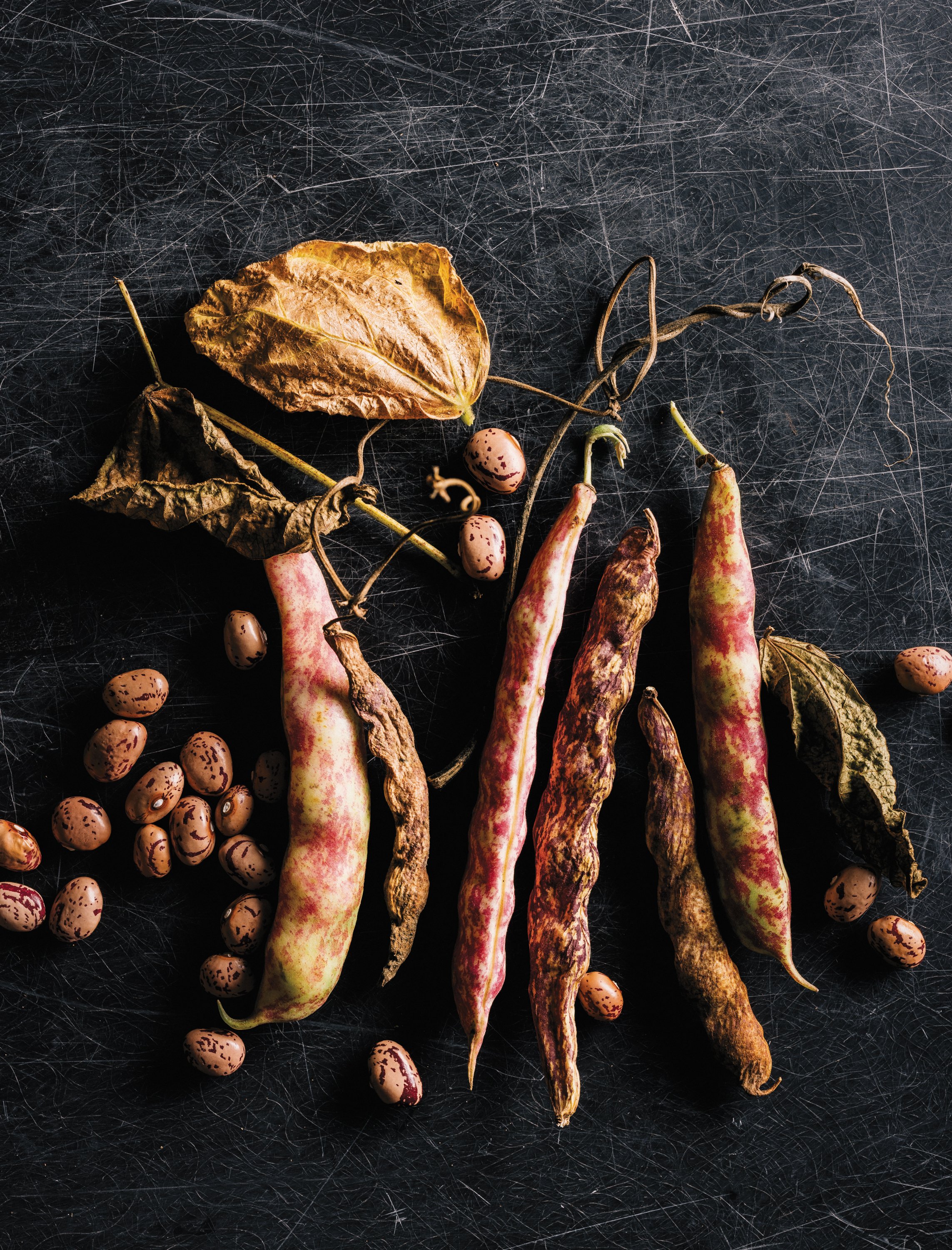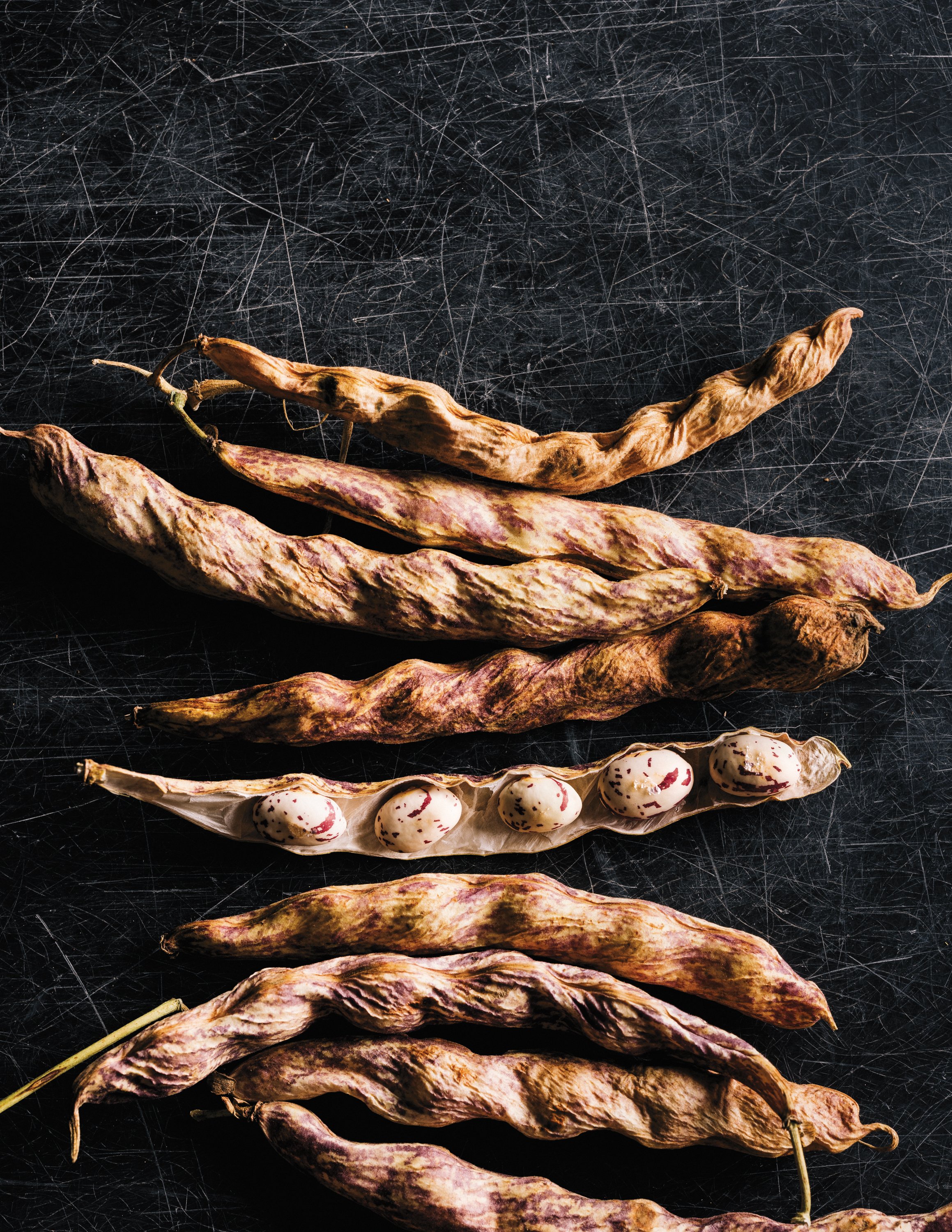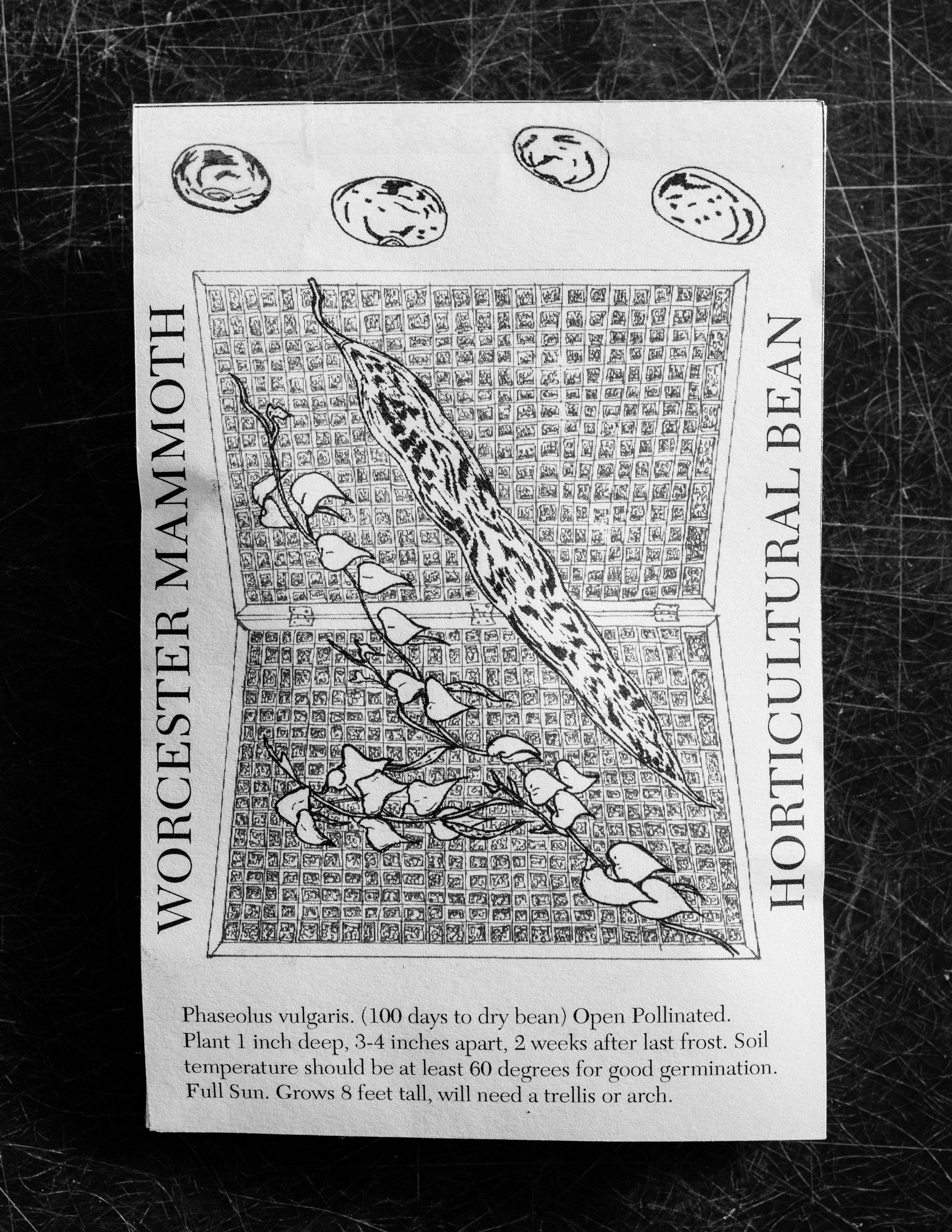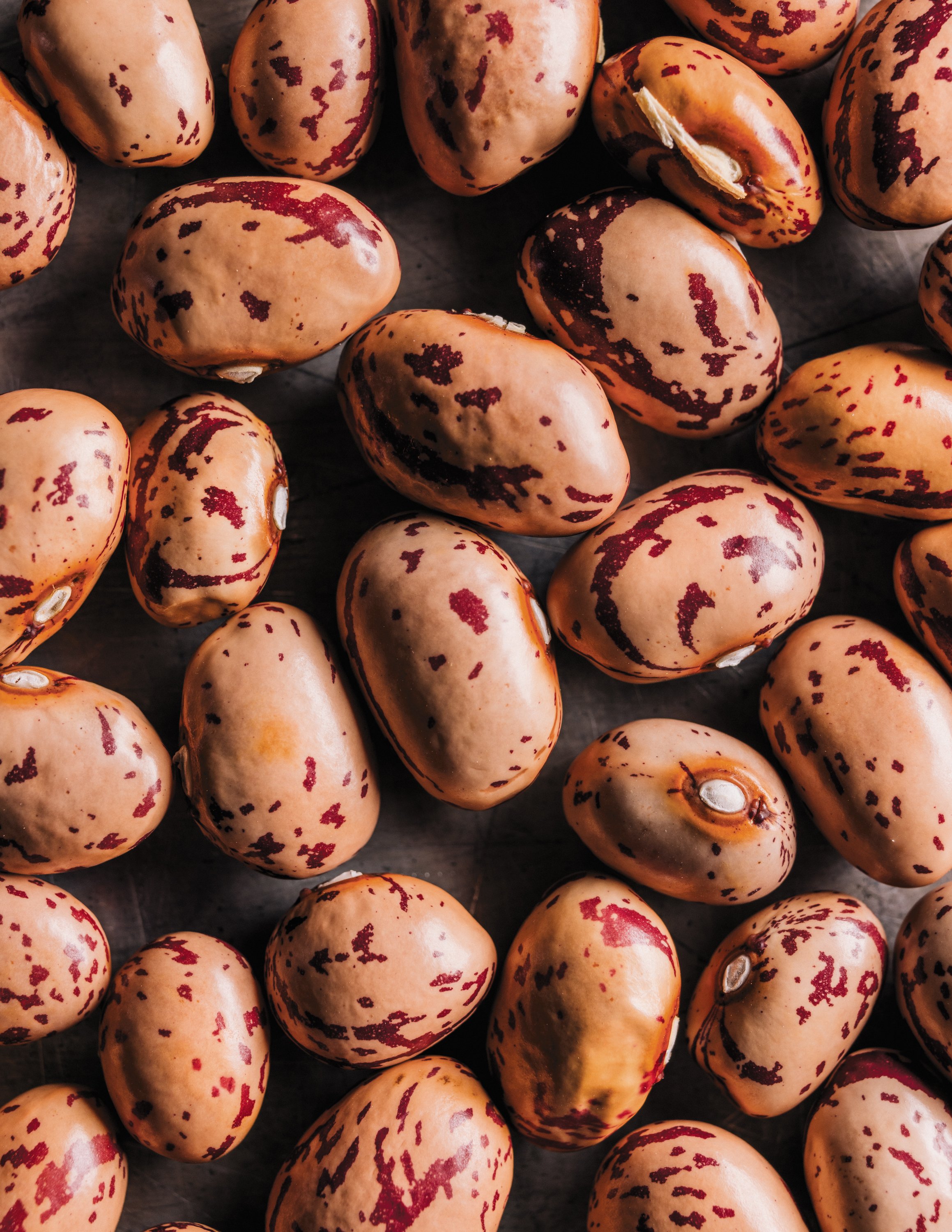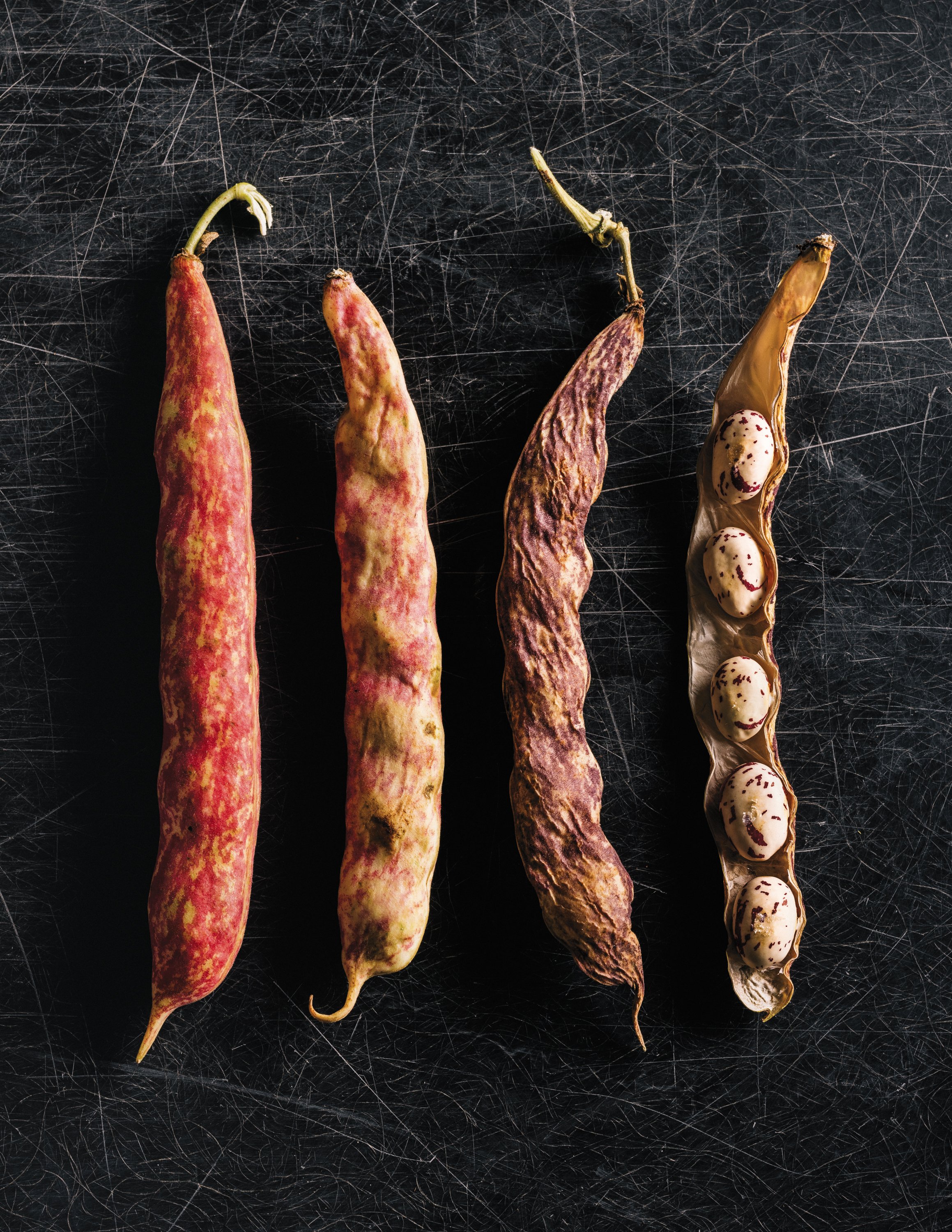An Heirloom Finds Its Way Home: Return of the Worcester Mammoth Bean
Photos by Michael Piazza
Jen Burt is reviving a long-forgotten Worcester heirloom, and it’s a big deal. Dare we say “mammoth”?
The Worcester Mammoth Horticulture Bean is large compared to other local bean varieties, and is said to be known for its resilience and high yield. The bean plant itself produces long green vines and bean pods that are typically over five inches in length and marbled with deep pink hues when ready to be picked and dried. The plant is striking, flaunting itself in any garden it inhabits.
So how had Burt never heard of the bean that took its name not only from its size, but from the city she has lived in for over 20 years?
Burt, the farm manager of 11 years at Dismas Family Farm in Oakham, MA, is an avid lover of history, agriculture and beans—so much so that she is one of three editors of a small local newspaper called Happiness Pony, where she is able to indulge in her passion of sharing local history and stories.
It was while doing research in 2021 for Happiness Pony that Burt first discovered the Worcester Mammoth Horticulture Bean when her partner and co-editor discovered an old seed catalog from the Ross Brothers Seed Co., a company that operated in Worcester up until the 1950s.
“I was reading this catalog and a lot of it was very standard stuff that I’ve heard of before, but then there’s this bean and I was, like, ‘What is this?’” Burt says. “It’s named after Worcester. I’ve never heard of it, I’ve never seen it. I felt like if someone were growing it I would’ve at least known about it.”
From the seed catalog, Burt gathered that the company had obtained the bean variety from a local Worcester gardener and cultivated it for sale. Besides that, there was no telling when the bean was last commercially available, or when it was last grown in Worcester.
“There was all of this very dramatic writing about it—that ‘it’s so mammoth, it’s so productive, it’s the best bean ever and you’ll never need another bean!’ Which seemed ridiculous to me,” Burt says. But her curiosity lingered—she needed to know more and see it for herself. If the bean was really that great, if it was really that resilient, if it was really that mammoth, then she wanted to reintroduce it back to the Worcester community, and with it its story. And so, the search ensued.
The first course of action was to run an ad in Happiness Pony that read, “Seeking the Worcester Mammoth Horticultural Bean and the history of its production in Worcester.” Next was to reach out to local seed banks, where farmers often find seeds and varieties that aren’t commercially available.
But it wasn’t until Burt discovered a digitized seed catalog from John Withee, an avid seed collector who had compiled hundreds of heirloom bean varieties in the ’60s and ’70s, that she found her first lead. As it turns out, he had donated his collection to the Seed Savers Exchange in Decorah, Iowa.
The only problem, according to Burt, was that Withee’s collection was donated in the ’80s, and although the Iowa Seed Savers Exchange has a catalog, it’s only a fraction of what they have available. So she leapt— emailing them to ask if they still had the Worcester Mammoth Horticulture Bean seeds available.
Before long, she received an email confirming that they do indeed have the seeds—and would she like them? Their only condition being that Burt would eventually send seeds back to replenish their collection.
And so, the Seed Savers Exchange sent Burt 100 Worcester Mammoth Horticulture Bean seeds that arrived in February 2022. Leading up to spring, Burt continued to research the beans and how best to grow them, feeling the weight of responsibility that comes with handling a lost heirloom variety.
“I’ve grown beans before but usually just green beans, and I felt so much pressure, because as far as I could tell, no one had grown them in Worcester County in several decades,” she says.
Far from her normal farming routine—which might include planting on the earlier side of the season, gambling on hopes for an earlier harvest—Burt waited for the perfect planting conditions of early June for the Worcester Mammoth. She took extra care to plant each one individually and precisely.
And her patience paid off. After only a month, nearly all of the 100 seeds she had sowed had germinated. And in the fall of 2022, Burt’s harvest yielded 1,216 beans (after sorting through the ones that weren’t up to par)—despite a historic drought that year.
“I was blown away,” she said. “This bean knew it was back where it should be.”
Per her deal with the Seed Savers Exchange, Burt sent back 100 seeds to replenish their collection. With about 1,100 beans left over, Burt set out to accomplish her original intention of reviving this Worcester heirloom bean variety: sharing it with the Worcester community by way of a bean party.
Burt felt she had not grown enough beans to have a bean supper, a historic New England tradition of community meals centered around bean-based dishes. So although there would be no tasting of the bean, Burt wanted to reconnect to the bean supper tradition by holding a space to discuss the Worcester Mammoth Horticulture Bean—and handing out seeds to other bean, history and bean-history enthusiasts.
“The first year that we did it, which was last winter, I had the beans that I had grown but I didn’t have enough for a bean supper,” Burt says. “But we still wanted to have a party where we can talk about beans and bean seeds and a little bit about that history.”
For the bean party venue, Burt chose Wooden Bar—a beloved Worcester restaurant known for its creativity, compassionate ownership and staff and weekly changing menu inspired by New England ingredients.
“I’ve been selling my produce there since they started,” Burt says. “It is really a joy to work with them.”
The bean party was a success. Over 40 people gathered at Wooden Bar to enjoy their usual menu of delightful food and cocktails, and scurried to the back corner table where Burt and the two other editors of Happiness Pony, Ali Reid and Mike Benedetti, sat with custom-made seed packets glued to copies of a previous edition of Pony that detailed the story of the lost Worcester Mammoth Horticulture Bean.
Really, it’s all about the story and how it connects to the community for Burt. She wants people to feel inspired by and excited about this Worcester heirloom.
“If I ever stop growing it, I hope that other people will carry it on now because they have a connection to it,” she says. “It’s also so fun! It’s so colorful! It is mammoth— they weren’t kidding!”
Burt plans on hosting her next bean party at Wooden Bar in November. This time around, she hopes that others will share their experiences growing the bean, and give newcomers tips and tricks for the next planting season.
More than anything, Burt hopes that this year’s harvest is grand enough that Wooden Bar can create an exciting dish centered around the bean she’s put so much care into reviving, and everyone, including herself, can finally taste it for the first time.
Maybe a proper bean supper will be in order after all.
This story appeared in the Winter 2024 issue.

